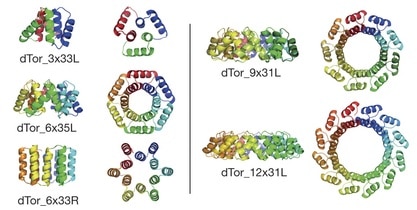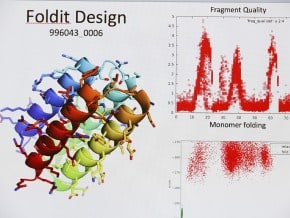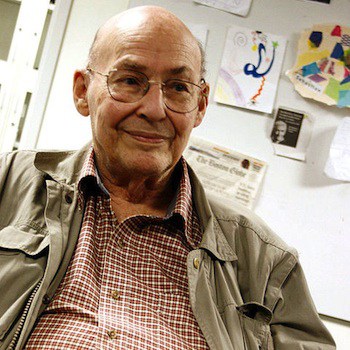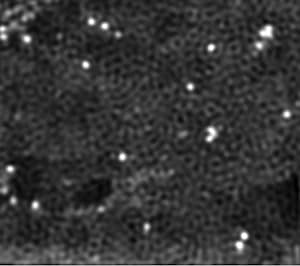New families of protein structures, barrel proteins for positioning small molecules, self-assembling protein arrays, and precision sculpting of protein architectures highlight de novo protein design advances.
Multiple advances in de novo protein design and prediction










